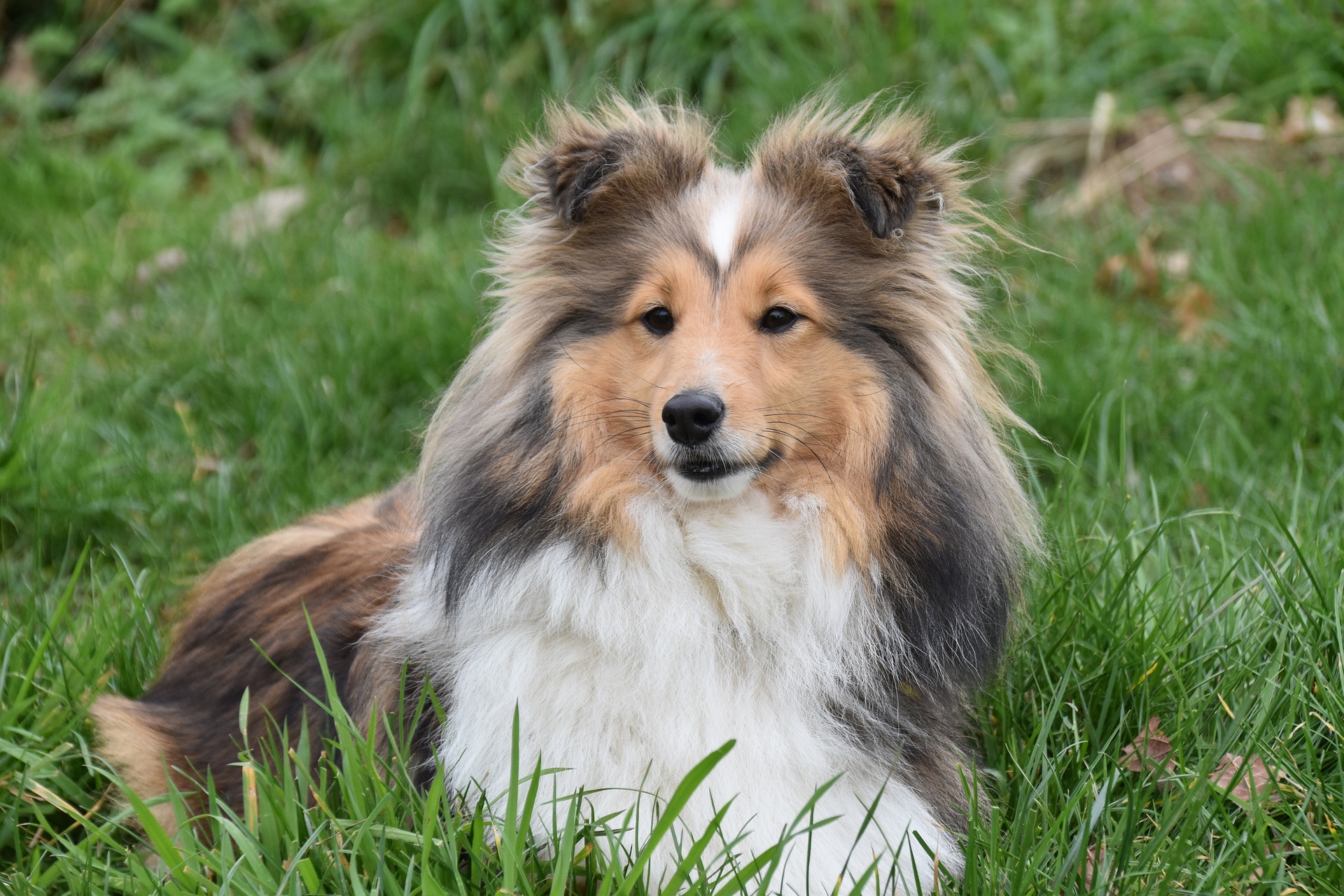Degenerative Myelopathy Exon 2 (DM Exon 2)
Canine degenerative myelopathy (DM) is an incurable progressive neurodegenerative disease of the spinal cord. Neurodegenerative diseases are characterised by progressive loss of neurons in the central nervous system (CNS) which leads to deficiencies in function. In the case of DM, the affected region is the spinal cord, which results in ataxia (a loss of coordination). DM is similar in many ways to Amyotrophic Lateral Sclerosis (ALS) in humans.
This variant of the disease, sometimes designated as SOD1B or as Degenerative Myelopathy Exon 2, occurs in many different breeds. It is caused by a recessive mutation to the gene SOD1. A related variant specific to the Bernese Mountain Dog has also been observed. When testing a Bernese Mountain Dog for DM, it is important to test for both of these variants, as opposed to only one.
